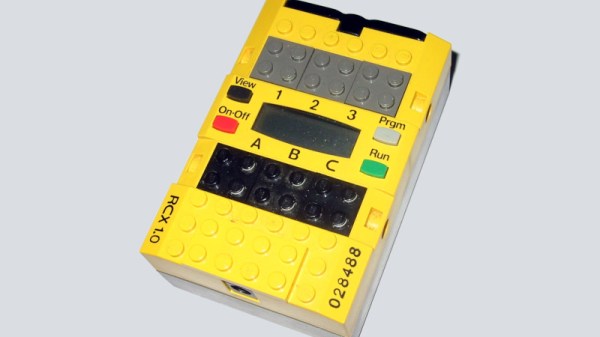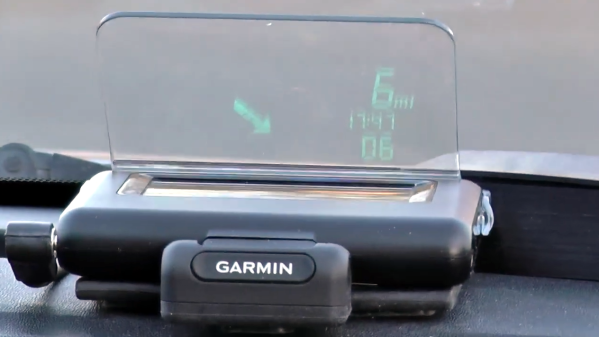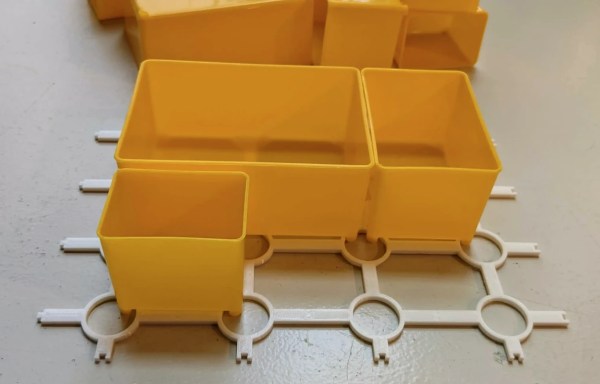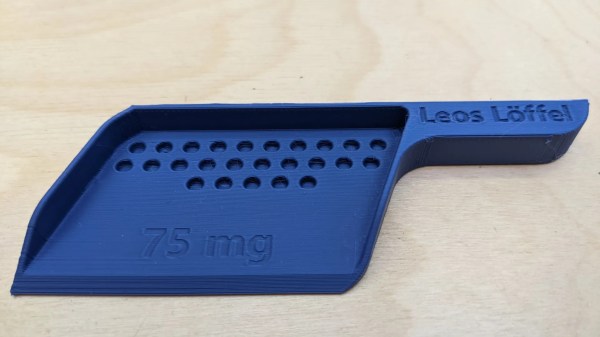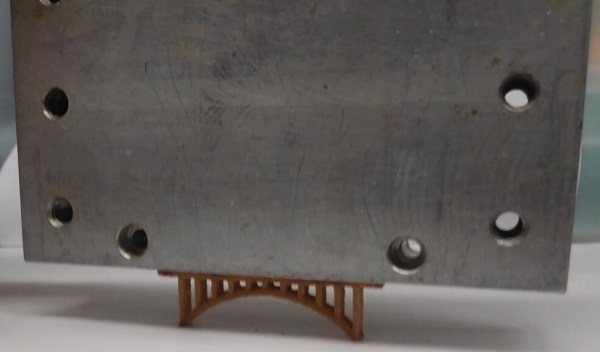Up first is a clever attack against VPNs, using some clever DNS and routing tricks. The technique is known as TunnelCrack (PDF), and every VPN tested was vulnerable to one of the two attacks, on at least one supported platform.
Continue reading “This Week In Security: TunnelCrack, Mutant, And Not Discord”
End Of An Era, As LEGO To Discontinue Mindstorms
When there are so many single board computers and other products aimed at providing children with the means to learn about programming and other skills, it is easy to forget at time before the Arduino or the Raspberry Pi and their imitators, when a computer was very much an expensive closed box.
Into this late-’90s vacuum left in the wake of the 8-bit home computer revolution came LEGO’s Mindstorms kits, a box of interlocking goodies with a special programmable brick, which gave kids the chance to make free-form computerized robotic projects all of their own. The recent news that after 24 years the company will discontinue the Mindstorms range at the end of the year thus feels like the end of an era to anyone who has ridden the accessible microcontroller train since then.
What became Mindstorms has its roots in the MIT Media Lab’s Programmable Brick project, a series of chunky LEGO bricks with microcontrollers and the Mindstorms LEGO brick contacts for motors and sensors. Their Logo programming language implementation was eschewed by LEGO in favor of a graphical system on a host computer, and the Mindstorms kit was born. The brand has since been used on a series of iterations of the controller, and a range of different robotics kits.
In 1998, a home computer had morphed from something programmable in BASIC to a machine that ran Windows and Microsoft Office. Boards such as Parallax’s BASIC Stamp were available but expensive, and didn’t come with anything to control. The Mindstorms kit was revolutionary then in offering an accessible fully programmable microcontroller in a toy, along with a full set of LEGO including motors and sensors to use with it.
We’re guessing Mindstorms has been seen off by better and cheaper single board computers here in 2022, but that doesn’t take away its special place in providing ’90s kids with their first chance to make a proper robot their way. The kits have found their place here at Hackaday, but perhaps most of the projects we’ve featured using them being a few years old now underlines why they are to meet their end. So long Mindstorms, you won’t be forgotten!
Header image: Mairi, (CC BY-SA 3.0).
Garmin HUD Got Discontinued, But Not Trashed
The Garmin HUD+ was a small Bluetooth device intended for the dashboard of a car, meant to be used as a GPS heads-up display for data from Garmin smartphone apps. It used a bright VFD (vacuum fluorescent display) which was viewed through a clear reflector, and displayed GPS information and directions. It was discontinued in 2015, but [Doz] was fond of his and used it happily until a phone upgrade meant it no longer worked. Was it destined for a landfill? Not if he had anything to say about it!
The first thing [Doz] tried was using an alternate Android app, but since it also didn’t work, it was time to sit back and reflect on the scope of the issue. In [Doz]’s case, he really only wanted some basic meaningful data displayed, and decided he could do away with the phone altogether if he had the right hardware. Continue reading “Garmin HUD Got Discontinued, But Not Trashed”
Organizational Inspiration From The Discount Tool Company
When in need of any tool to get a job done quickly, or only for a small number of times, it’s great to have a local “discount tool” company locally for some working, yet often low-quality solution to whatever problem might arise. While there are some gems, most of these tools won’t last through heavy, sustained use like their more expensive counterparts will. On the other hand, there are other things to be had at these discount shops, such as inspiration for tackling a storage problem.
This particular storage system comes from Harbor Freight, and uses a set linked crosshairs, the center of which is hollowed out. A set of movable compartments sits on top with feet that can interlock inside the crosshairs. This allows much more efficient use of space within the toolboxes, but [Alan] wanted it to be useful for more that that. He designed and implemented the Storage Case Base Template (SCBT) which allows for a container of any size to be fitted with a similar crosshair network.
With this non-proprietary system implemented and printed, the original goal of reducing the clutter in [Alan]’s workspace was accomplished. The 3D printing files can be modified easily for any space, and are available both on Thingiverse and Printables. For some other ways of packing a lot into a small space, we featured this tiny workshop a while back that’s packed with storage hacks.
Medicine Dosing Spoon Discontinued, Made 3D Printable Instead
[Gregor Herz] caught wind of a problem that neuropediatric clinics in Germany have been facing recently. Orfiril, a seizure-preventing medication used in those clinics for treating children, is normally prescribed to adults, and the usual dosages are too high for kids. Orfiril comes in regular pill-shaped capsules, each capsule containing a bunch of small medication-soaked pellets, and you only need a certain amount of these pellets if you want to achieve a lower dose.
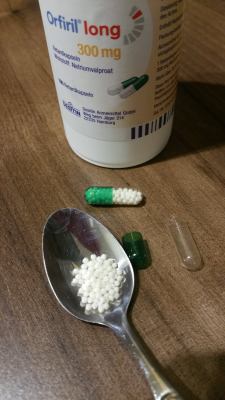 It used to be that you could get a special spoon helping you to get a proper dosage — but sadly, the original supplier has quit making these. So, our hacker designed a 3D printable model instead.
It used to be that you could get a special spoon helping you to get a proper dosage — but sadly, the original supplier has quit making these. So, our hacker designed a 3D printable model instead.
[Gregor] tells us that a lot of clinics in Germany are facing this exact issue right now, so sharing this model may mean that more hospitals can work around the supply issue. Provided a friendly hobbyist has food-grade 3D printing conditions available, anyway. He tells about some suitable filaments models you can buy, as well as research on food-grade printing requirements — a topic we’ve talked about in detail, and just this month have seen someone revisit with reassuring results. Are you interested in printing some of these? If so, there might be a clinic nearby that’d be thankful.
We’ve seen a surge of 3D printing for medical uses two years ago, back when supply chain issues had doctors face PPE shortages, and some critical parts for equipment were in short supply. Before that, we’d sometimes see medical purpose 3D printing done in dire circumstances, when no other choices were available. Now 3D printing of medical devices is more accepted, and we can’t wait for more research and hacking on this front!
OpenAsar Tweaks Discord’s Frontend, Improves Performance And Privacy
Not all hacking happens on hardware — every now and then, we ought to hack our software-based tools, too. [Ducko] tells us about a partially open-source rewrite of Discord’s Electron-based frontend. Web apps can be hard to tinker with, which is why such projects are to be appreciated. Now, this isn’t a reverse-engineering of Discord’s API or an alternative client per se, but it does offer a hopeful perspective on what the Discord client ought to do for us.
First of all, the client loads noticeably faster, not unlike the famous GTA Online speedup (which was also a user-driven improvement), with channel and server switching made less laggy — and the Linux updater was de-cruft-ified as well. [Ducko] tells us how she got rid of the numerous NPM dependencies of the original code – it turned out that most of the dependencies could be easily replaced with Node.JS native APIs or Linux binaries like unzip. Apart from much-appreciated performance improvements, there are also options like telemetry bypass, and customization mechanisms for your own theming. You won’t get Discord on your Apple ][ just yet, but the native client will be a bit friendlier towards you.
While Discord is ultimately a proprietary platform, we do it see used in cool hacks every now and then, like this tea mug temperature-tracking coaster. Would you like to code your own Discord bot? We wrote a walk-through for that. Last but not least, if you like what we wrote and you happen to also use Discord, you should check out the Hackaday Discord server!
Polymer Discovery Gives 3D-printed Sand Super Strength
Research activity into 3D printing never seems to end, with an almost constant stream of new techniques and improvements upon old ones hitting the news practically daily. This time, the focus is on a technique we’ve not covered so much, namely binder jetting additive manufacturing (BJAM for short, catchy huh?) Specifically the team from Oak Ridge National Laboratory, who have been exploring the use of so-called hyperbranched Polyethyleneimine (PEI) as a binder for jetting onto plain old foundry silica sand (nature, free access.)

The PEI binder was mixed with a 75:25 mix of water and 1-propanol (not to be mixed up with 2-propanol aka isopropanol) to get the correct viscosity for jetting with a piezoelectric print head and the correct surface tension to allow adequate powder bed penetration, giving optimal binding efficiency. The team reported a two-fold increase in strength over previous jetting techniques, however, the real news is what they did next; by infusing the printed part (known as the green part) with common old ethyl cyanoacrylate (ECA, or super glue to us) the structural strength of the print increased a further eight times due to the reaction between the binder and the ECA infiltrate.
To further bestow the virtues of the PEI binder/ECA mix, it turns out to be water-soluble, at least for a couple of days, so can be used to make complex form washout tooling — internal supports that can be washed away. After a few days, the curing process is complete, resulting in a structure that is reportedly stronger than concrete. Reinforce this with carbon fiber, and boy do you have a tough building material!
Not bad for some pretty common materials and a simple printing process.
We covered a similar binder jetting process for using sawdust a little while ago, and a neat way of printing with metal powder by carrying it in a stream of argon and cooking it with a laser, but there is an opening for a DIY effort to get in on the binder jetting game.
Thanks [Victor] for the tip!


